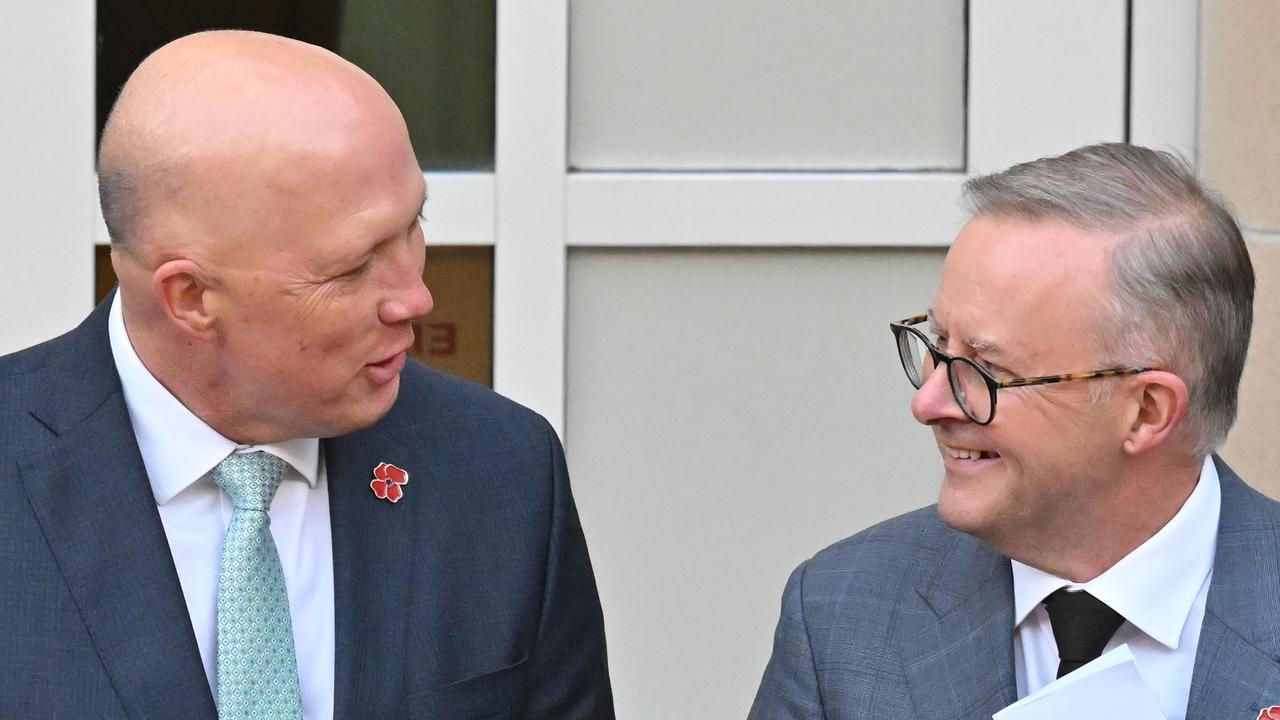Des Houghton: Dam failure leads to a wee problem
The failure of the State Government to build dams has increased the chance that Queenslanders will be made to drink treated sewage effluent, writes Des Houghton.
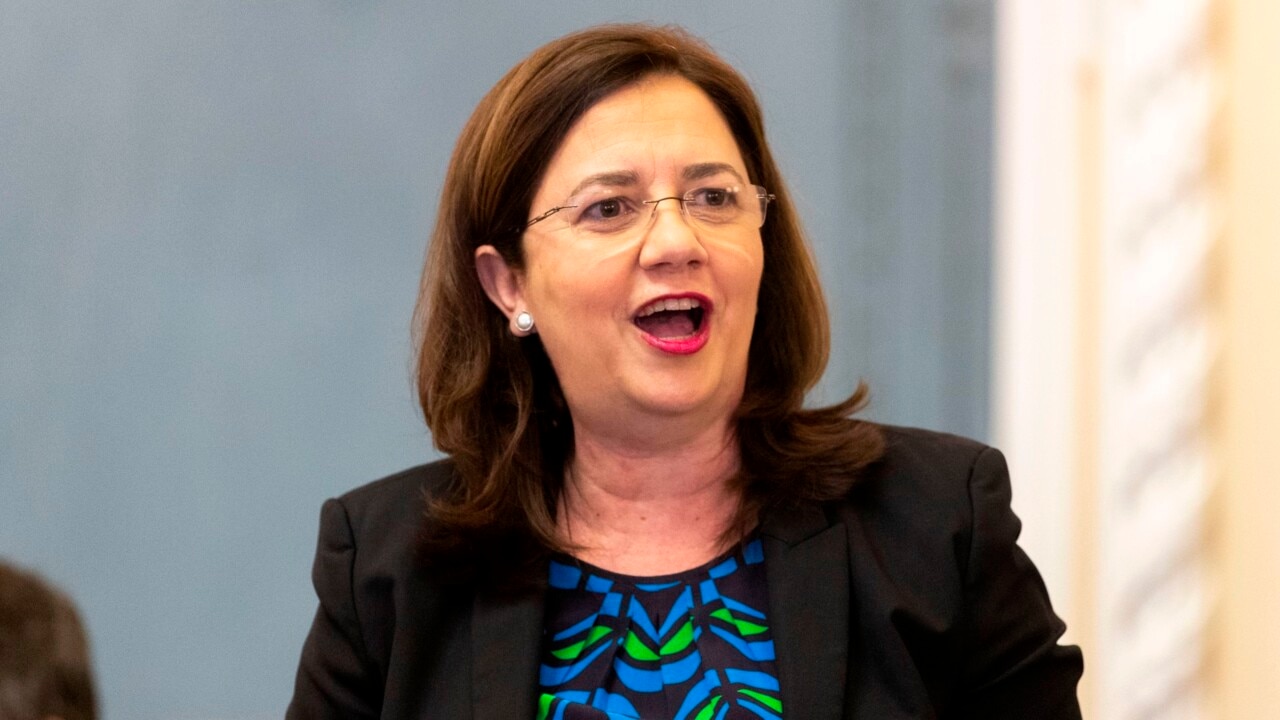
Opinion
Don't miss out on the headlines from Opinion. Followed categories will be added to My News.
THE failure of the State Government to build dams has increased the chance that Queenslanders will be made to drink treated sewage effluent.
Seqwater admitted this week it may be forced to add treated effluent to bulk water. It puts a strong case for recycling sewage effluent and wastewater in internal “water security” documents.
Palaszczuk’s rain dance might save ALP from difficult water decision
‘Yuck’ fears don’t hold water for recycled H2O
Premier Annastacia Palaszczuk sidestepped questions on recycled sewage from the Opposition’s Ros Bates in Parliament this week. Toilet-to-tap recycling is a political time bomb for Labor.
We are slow learners. We are still not clever enough to trap the rainfall when it comes. We allow enough fresh water to fill Sydney Harbour to flow into the Gulf every few minutes in the monsoon.
Much of this week’s rain is heading straight to the ocean.
We would not be forced to drink recycled effluent if we built more dams. That is why support is growing for LNP leader Deb Frecklington’s revitalised Bradfield scheme.
Drought invariably follows flood in this grand land, and dam levels will again fall to dangerously low levels, as they have done in the past. Perhaps climate change will worsen the droughts.
Seqwater describes toilet-to-tap recycling with the more palatable phrase, direct potable reuse. It highlights the benefits of drinking purified urine, even though it would be political poison.
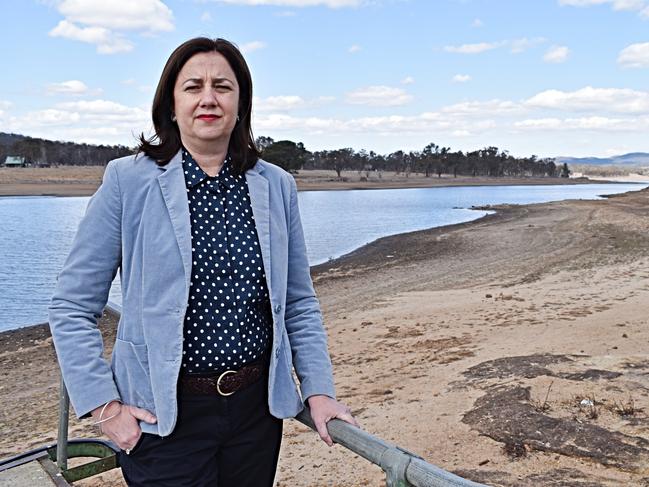
“Purified recycled water is relatively climate resilient, with some reduced availability during times of drought when use of water is restricted,’’ Seqwater notes. “When compared to seawater desalination other climate resilient water supply options, purified recycled water schemes are cheaper to build. They do not require the large seawater intake tunnels that are required for desalination, which reduces construction costs.’’
Seqwater also says purified toilet-to-tap water is “not reliant on storages that are subject to evaporation”.
To repeat a vulgar sentence from the Australian lexicon, Seqwater is not taking the piss.
The government-owned entity points to similar successful schemes abroad, particularly in Namibia, Cloudcroft, New Mexico and Big Spring and Wichita Falls in Texas.
Recycled effluent is disinfected and purified to drinking standards in many world capitals. If you drink water in Singapore, London or New York, you quench your thirst with water that has already passed through human kidneys several times.
Outside Parliament, Bates told me the Premier was trying to hide Labor’s push to use recycled water because it did not have the money to build dams and was ideologically opposed to them.
“Annastacia Palaszczuk needs to explain to Queenslanders why she hasn’t built dams,” she said.
Last week nearly 70 per cent of Queensland was still drought declared and 30 towns or communities warned they had less than 12 months’ supply of water left. No doubt the current downpours are a godsend to rural communities.
However towns without reliable water will not survive.
Drought is costing Australia $12 billion a year and it is devastating regional communities.
So the price tag of the new Bradfield scheme which has been put at $15 billion should not seem unreasonable.
And the scheme should not be compared to the original one proposed by Queensland engineer John Bradfield in 1938. When he wrote his plan, men moved mountains with picks and shovels. Now we have tunnel-boring machines.
Frecklington’s new Bradfield scheme is vital for Queensland’s future prosperity. The ALP has been slow to support it.
This is disappointing because the project will create tens of thousands of jobs, generate 2000 megawatts of clean hydroelectricity and irrigate an area of land larger than Tasmania.
Last year I broke the story that the new Bradfield Scheme had been promoted by two of Queensland’s most respected captains of industry, Sir Leo Hielscher and Sir Frank Moore. Sir Leo and Sir Frank had been working up the plan for years. The knights’ scheme would open vast areas of the state to high-value food and fibre production while creating renewable hydroelectric power and saving the Great Barrier Reef from polluting run-off. And it would ensure the Murray-Darling river system never ran dry, boosting the nation’s food security.
In a glittering career in the public service, Sir Leo kick-started the Queensland coal industry, built ports and oversaw highway construction. Sir Frank was a media and tourism tycoon with a deep roots in regional Queensland.
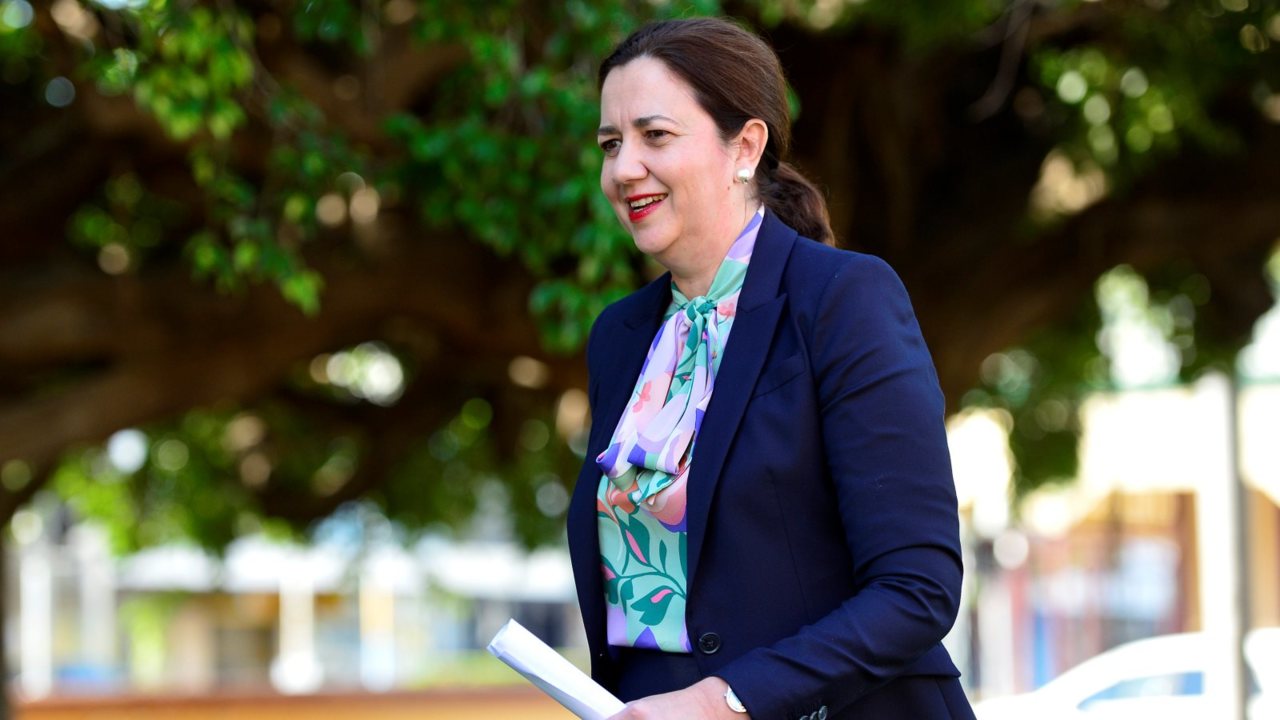
Sir Leo and Sir Frank had been working on their “pre-feasibility” plan for four years before they knocked on my door at The Courier-Mail to unveil it.
ScoMo should run with it. It’s a nation-building project as significant, in my view, as the National Broadband Network and the Melbourne-to-Brisbane Inland Rail project. It’s time for the PM to set up a Queensland Northern Rivers Authority, similar to the Snowy Mountains Authority established in 1949.
LEADING CHARGE FOR OPENNESS
LABOR ministers moved swiftly to block scrutiny of their taxpayer-funded travel expenses. They also shut down Opposition searches of their Cabcharge accounts, Parliament was told this week.
Why?
This kind of secrecy only leads to suspicions that ministers have their noses in the trough.
When she assumed office, our accidental Premier Annastacia Palaszczuk made grandiose pledges of openness and accountability. It appears those promises have now been trashed.
Opposition attack dog Jarrod Bleijie told the House 12 Palaszczuk government ministers were “hiding” their Cabcharge expenses.
He said Megan Lederhose, the information officer from the Department of the Premier and Cabinet, agreed to provide full access to 514 documents relating to the Cabcharge expenses after an Opposition Right-to-Know search. However the documents were later blocked.
“Why do they not want the Queensland public to see the Cabcharge expenses?”
Why indeed? Were they misused by third parties?
Bleijie said info on travel expenditure was also blocked. A search found 2768 documents relating to ministerial travel. They too, were shielded.
“They are hiding something,” said Bleijie.
Agreed.
SOME CORKING PROSE FULL OF BRUT FORCE
BRISBANE champagne expert Tyson Stelzer drinks prestige cuvees for a living and writes about it superbly.
He gave a perfect 100 points score to Krug Clos du Mensil Brut Blanc de Blanc 2002 ($500), describing its “blinding flash of white sunshine, of lemon freshness and white pepper, layered with molten wax, even glimpses of green olives.”
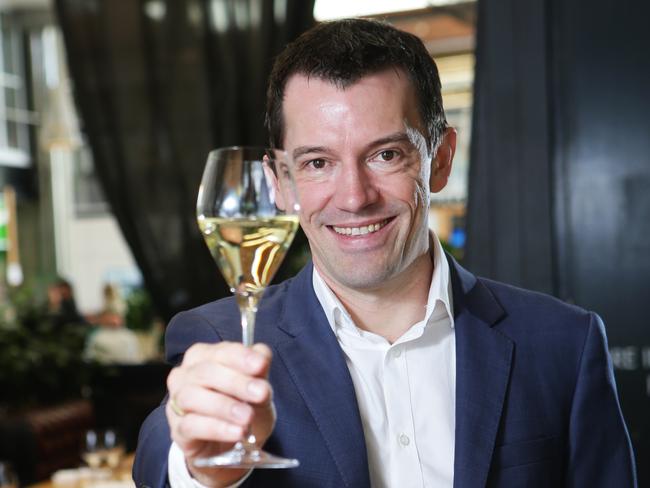
And, “Grand malic acidity of dizzying proportions swept up in an immense, all-consuming tidal wave of frothing, sea-salt minerality crashing with such force that any mortal wine would collapse breathless in its wake.”
The purple prose is from Stelzer’s entertaining The Champagne Guide 2020-2021 ($59.95, bookshops or tysonstelzer.com).
This year’s edition has helpful maps for travellers to Champagne.
IRRITANT OF THE WEEK
THE appalling decline in the coverage of sport by the ABC. The national broadcaster gets well over $1 billion a year but can’t stump up $1 million for live radio coverage of this year’s Tokyo Olympics. This will be a special blow to bushies and outside workers unable to watch the Games on TV.
Des Houghton is a media consultant and a former editor of The Courier-Mail and The Sunday Mail

